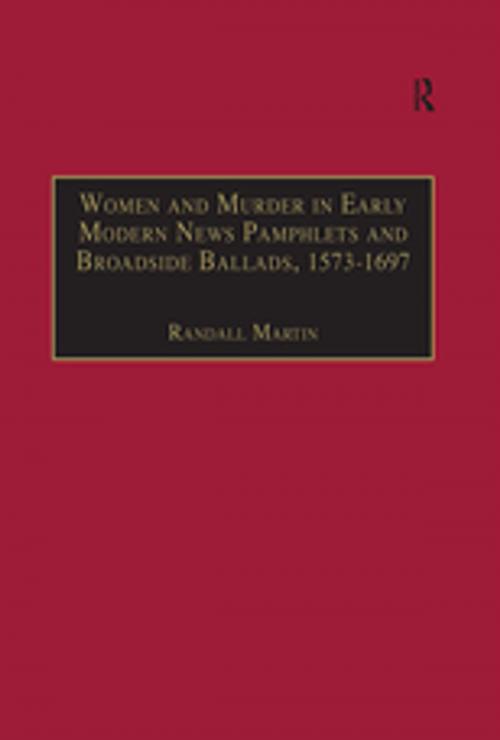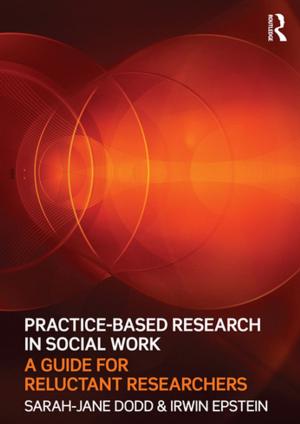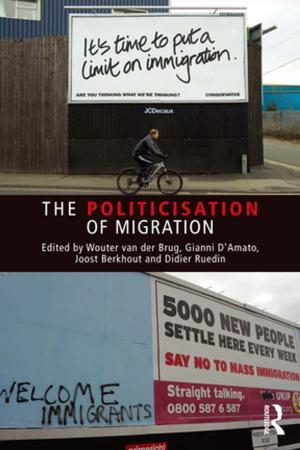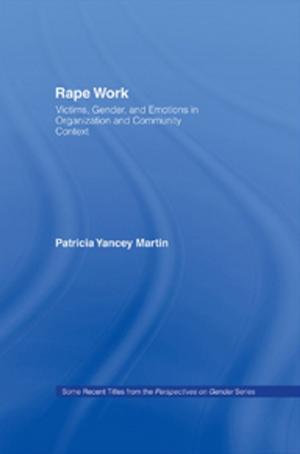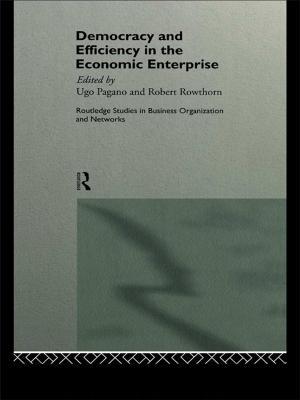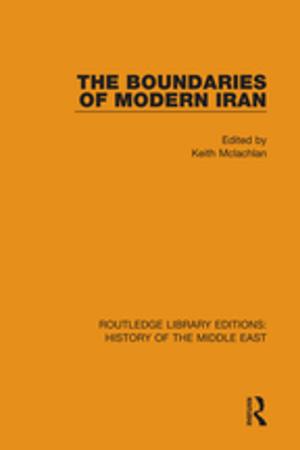Women and Murder in Early Modern News Pamphlets and Broadside Ballads, 1573-1697
Essential Works for the Study of Early Modern Women, Series III, Part One, Volume 7
Fiction & Literature, Literary Theory & Criticism| Author: | Randall Martin | ISBN: | 9781351872355 |
| Publisher: | Taylor and Francis | Publication: | March 2, 2017 |
| Imprint: | Routledge | Language: | English |
| Author: | Randall Martin |
| ISBN: | 9781351872355 |
| Publisher: | Taylor and Francis |
| Publication: | March 2, 2017 |
| Imprint: | Routledge |
| Language: | English |
As voyeuristic and prurient as today's tabloid newspapers, early modern crime pamphlets and broadside ballads about women murderers tell of furtive love affairs and domestic poisonings, of battered wives who kill their abusive husbands, and of troubled mothers who murder their children. On first acquaintance, many pamphlets leave an impression of shallow sensationalism yoked to idealised repentance, and for that reason modern critics and historians have often discounted their importance as culturally significant artifacts. This volume presents a selection of over forty texts and is intended to encourage a reconsideration of these views. In his Introductory Note to the volume, Randall Martin discusses the narrative content and social commentary of these ballads, pamphlets and trial reports, and the contribution that they make to the discursive construction of the early modern female murderer through their representational strategies and evolving legal and gender contexts.
As voyeuristic and prurient as today's tabloid newspapers, early modern crime pamphlets and broadside ballads about women murderers tell of furtive love affairs and domestic poisonings, of battered wives who kill their abusive husbands, and of troubled mothers who murder their children. On first acquaintance, many pamphlets leave an impression of shallow sensationalism yoked to idealised repentance, and for that reason modern critics and historians have often discounted their importance as culturally significant artifacts. This volume presents a selection of over forty texts and is intended to encourage a reconsideration of these views. In his Introductory Note to the volume, Randall Martin discusses the narrative content and social commentary of these ballads, pamphlets and trial reports, and the contribution that they make to the discursive construction of the early modern female murderer through their representational strategies and evolving legal and gender contexts.
